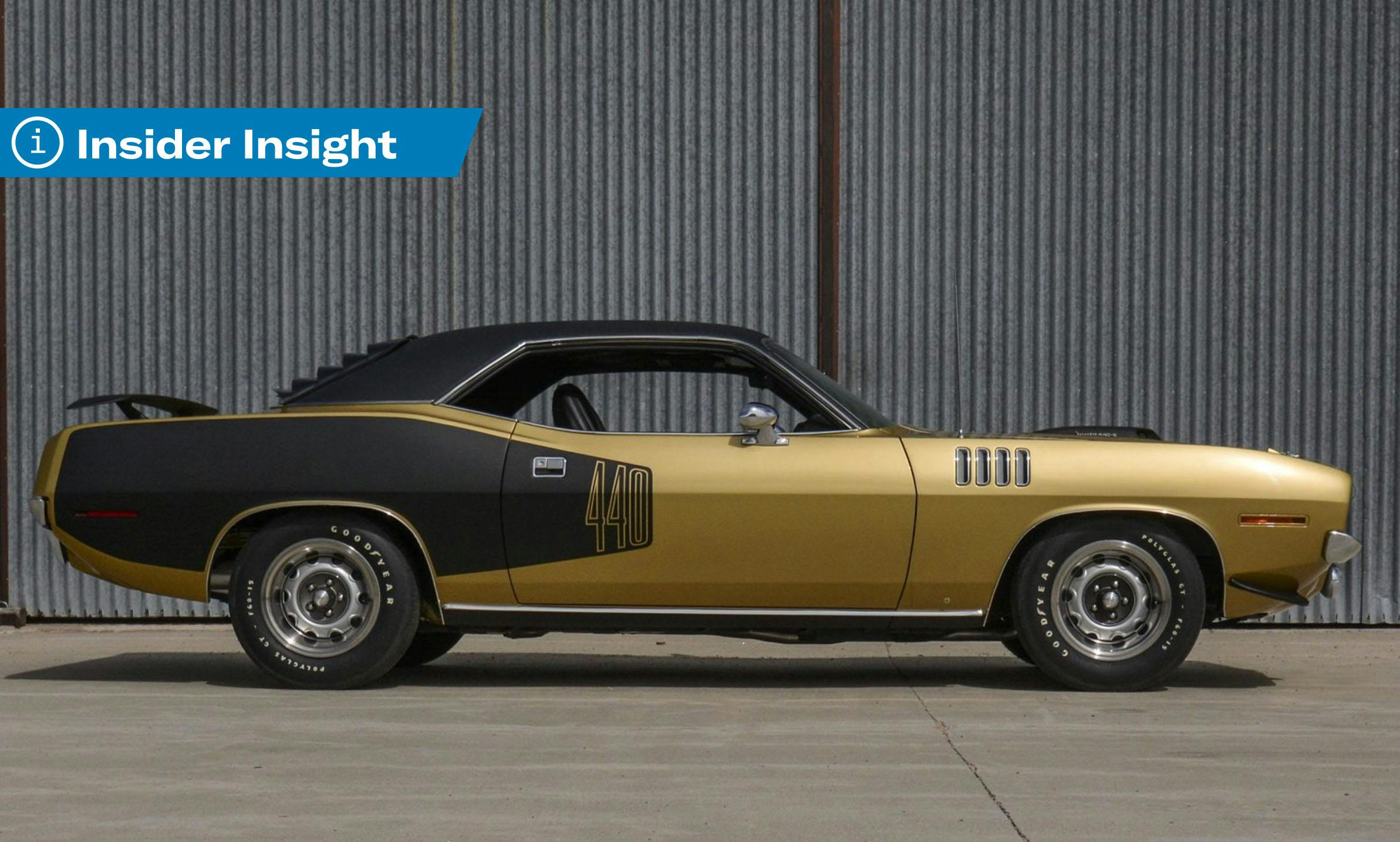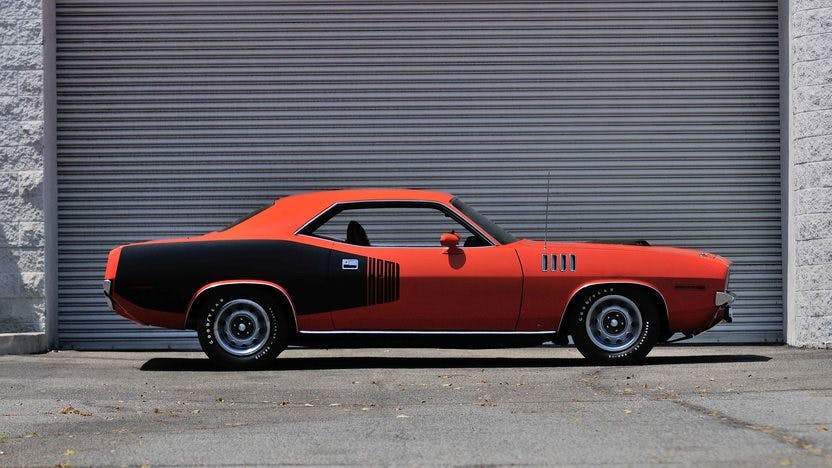Media | Articles
War of attrition: Quantifying the survival of classic cars

Have you ever spotted a car that used to be common and realized, in that moment, how uncommon it has become? Never mind the antiques—most of us don’t remember when Model Ts dotted city streets (although they certainly did at one point). Think, for a moment, about how many first-generation Ford Tauruses you’ve seen recently. That’s right, not very many.
Attrition is a fact of life for automobiles. Many are produced, few survive. But just how few? This isn’t merely an idle question. Most markets, from art to supermarket produce, have a clearly defined supply that helps determine what those things cost. Even if rarity doesn’t guarantee higher value, knowing how many of a certain model exists matters to collectors. However, for many classic cars, that number is elusive.
Generally speaking, about 15 percent of vehicles leave the market every year. Of those, most are newer than you’d expect—those between roughly 10 and 20 years old see the highest rates of attrition, according to data from IHS/Markit. Where they go is a bit of a mystery. Many get scrapped, to be sure, but bookkeeping at junkyards is unreliable, to say the least. Moreover, a vehicle that’s “gone” could very well be parked safely in someone’s garage. This is particularly true of collector cars.
We have several ways to track these missing-in-action classics, starting with our own insurance data. Many cars in private collections, museums, and the like won’t be registered, but they’ll often be insured. We can also see when misfortune befalls these cars via claims information. Failing that, we can comb auction transactions. A car that has sold in the last decade likely still exists, even if it appears neither in registration data or our book of business.
Marketplace
Buy and sell classics with confidence
What this digging gives us is something of a floor—at least this many likely survive. How useful that figure is depends on the vehicle. For older mass-produced cars, that number can be unhelpful, partly because many of these vehicles lack unique serial numbers. (Cars sold since 1981 wear standardized VINs. Before that, manufacturers stamped codes as they saw fit; duplicates thus can appear across models and even brands.)

There are, however, cars we can track confidently. Take, for instance, the 1971 Plymouth Cuda. Production numbers were well known, and Cuda VINs, unlike many from the era, specify engines. Combing through registration, auction, and insurance data, we can see that more than 80 of the 118 Hemi Cudas built for ’71 are still with us. Of those, we consider 65 of those to be active, meaning they’re registered, insured, and/or transacted recently. That’s a 55 percent survival rate, which is quite impressive for a vehicle built 50 years ago. For sobering comparison, consider that IHS/Markit estimates more than a quarter of the model-year 2000 vehicles on the road in 2018 have vanished in the last three years.
The Cuda example illustrates a broader, encouraging fact: Although most cars have an expiration date, enthusiasts can—and often do—save the special ones. That’s why, for instance, more than 350,000 1965–1966 Ford Mustangs are still on the road, why the overall attrition rate for survivors from the 1960s is between just 1 and 2 percent, and why we estimate there to be some 31 million enthusiast vehicles in the United States.
So, the next time you come upon a once-familiar car you haven’t seen a while, consider giving it a home. That may be its best chance of winning the war of attrition.
This story originally appeared in Hagerty Insider. For a weekly dose of collector car analysis, sign up for the Insider newsletter.



